Submerging cages below high-frequency, small-period waves reduces risk of fatigue failure
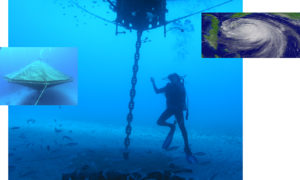
Sea cage installations are heavily anchored. Hurricane-force winds and currents may move the cages, but the fish remain inside.The 2004 weather season has been particularly difficult in the tropics, where an unrelenting series of storms and hurricanes battered the Caribbean and other regions. Emerging offshore aquaculture projects, however, are proving they can endure the storm-force winds, strong waves, and high currents associated with major storms.
Puerto Rico
Snapperfarm, Inc., for example, is successfully growing out cobia in submersible cages in Culebra, Puerto Rico. The project uses the SeaStation 3000, a submersible cage design manufactured by Net Systems, Inc. Constantly submerged at 10-30 m, the cages are protected against the elements.
The operation recently experienced two major tropical storms that fell just short of hurricane category. Brian O’Hanlon, the company’s vice president of operations, reported that the waves and currents generated by the storms were strong enough to move substantial amounts of sand on the ocean bottom at 30 meters.
Bahamas
In collaboration with Eleuthera’s Island School and the University of Miami’s Aquaculture Program, Aqua-Sense LLC is running a grow-out trial with cobia stocked in a cage located 2 km off the shore of South Eleuthera, Bahamas. In early August, the project’s SeaStation withstood Frances, a category 4 hurricane, without any damage.
Winds ranging 70 to 100 mph battered the region for almost 24 hours, generating high waves and strong currents. Because of the conditions, the cage was unattended for 48 hours, and the fish were not fed for 72 hours.
Upon returning to the site, the operators discovered the cage had moved about 10 meters from its original location, but was otherwise intact. It is interesting to note that the cage-mooring system consists of a five-ton concrete ballast and four one-ton anchors.
No fish mortality was observed due to hurricane action. The fish were fed the day after the feed tubes connecting the surface to the cage were reattached.
Hawaii
An offshore aquaculture project in Hawaii, USA, successfully faced the first major storm of the season. In January, cages belonging to the Cates International project withstood winds of 70 mph and currents strong enough to move sand on the bottom at 50 meters.
Randy Cates, owner and operator of the offshore farm, reported that the day following the storm, the farm proceeded with its normal feeding and harvesting of Pacific threadfin.
New Hampshire
Similar poststorm results have been observed at the University of New Hampshire’s aquaculture facility 11 km off New Hampshire, USA. Albeit smaller in capacity than those used in the Cates project, 600-cubic-meter cages of the same type survived daily beatings in the North Atlantic as well as the seasonal Nor’easters. The university’s wave meters have recorded waves in excess of 14 meters at the site.
Richard Langan and Michael Chambers, the respective director and manager of the project, report that their three cages currently stocked with cod and halibut for experimental grow-out trials have survived the inclement weather of that region and continue to operate without incidents.
Environmental implications of hurricanes
The Universities of Miami, Puerto Rico, Hawaii, and New Hampshire continue to conduct environmental assessment studies in the areas where these operations are carried out and have been collectively reporting very low – if any – impacts.
Hurricanes at the sites of offshore aquaculture operations certainly play an important role in renewing the environment surrounding the cages. More importantly, storms of high magnitude dramatically affect the sea floor surrounding the cages. Indeed, when diving at a cage in Eleuthera for the first time after hurricane Frances ravaged the sea floor, Geoff Walton, AquaSense’s operations manager, said he could not recognize the site.
Storm-resistant systems
According to the manufacturer, the ability of SeaStation cages to withstand storms stems from their design, materials, mooring, shape, positioning and resilience. The cages are submerged below the high-frequency, small-period waves that can lead to fatigue failure in conventional surface gravity cages. Moreover, these cages maintain their full volume and shape regardless of the current.
Resistance to major storms is a factor of major importance for the development of the offshore aquaculture industry in the tropics, particularly the Caribbean region. With current sea surface water temperatures 1 degrees-C above the average of the last 100 years, it is anticipated that hurricanes will become more routine in the tropics over the next decades.
(Editor’s Note: This article was originally published in the October 2004 print edition of the Global Aquaculture Advocate.)
Now that you've reached the end of the article ...
… please consider supporting GSA’s mission to advance responsible seafood practices through education, advocacy and third-party assurances. The Advocate aims to document the evolution of responsible seafood practices and share the expansive knowledge of our vast network of contributors.
By becoming a Global Seafood Alliance member, you’re ensuring that all of the pre-competitive work we do through member benefits, resources and events can continue. Individual membership costs just $50 a year.
Not a GSA member? Join us.
Author
-
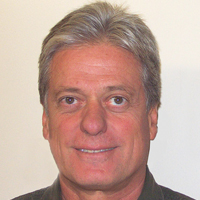
Daniel D. Benetti, Ph.D.
Associate Professor and Director
Aquaculture Program
MAF-RSMAS – University of Miami
4600 Rickenbacker Causeway
Miami Florida 33149 USA
Tagged With
Related Posts
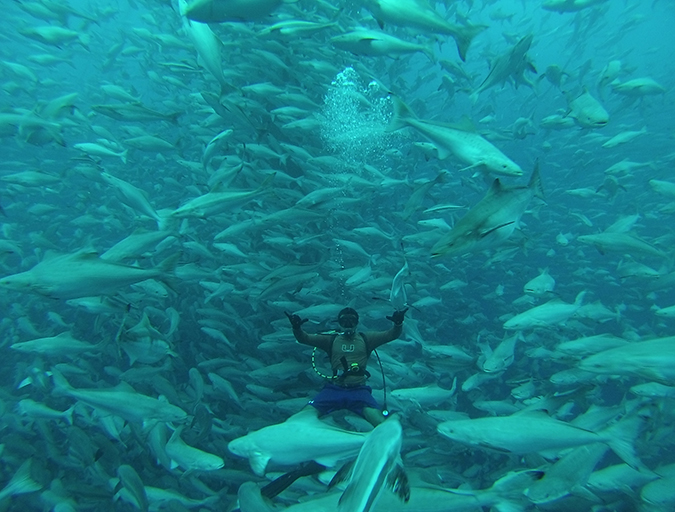
Innovation & Investment
Aquaculture Exchange: Daniel Benetti
University of Miami professor says the U.S. seafood marketplace needs to embrace 'plate-sized' fish if a domestic aquaculture industry is to become sustainable and profitable.
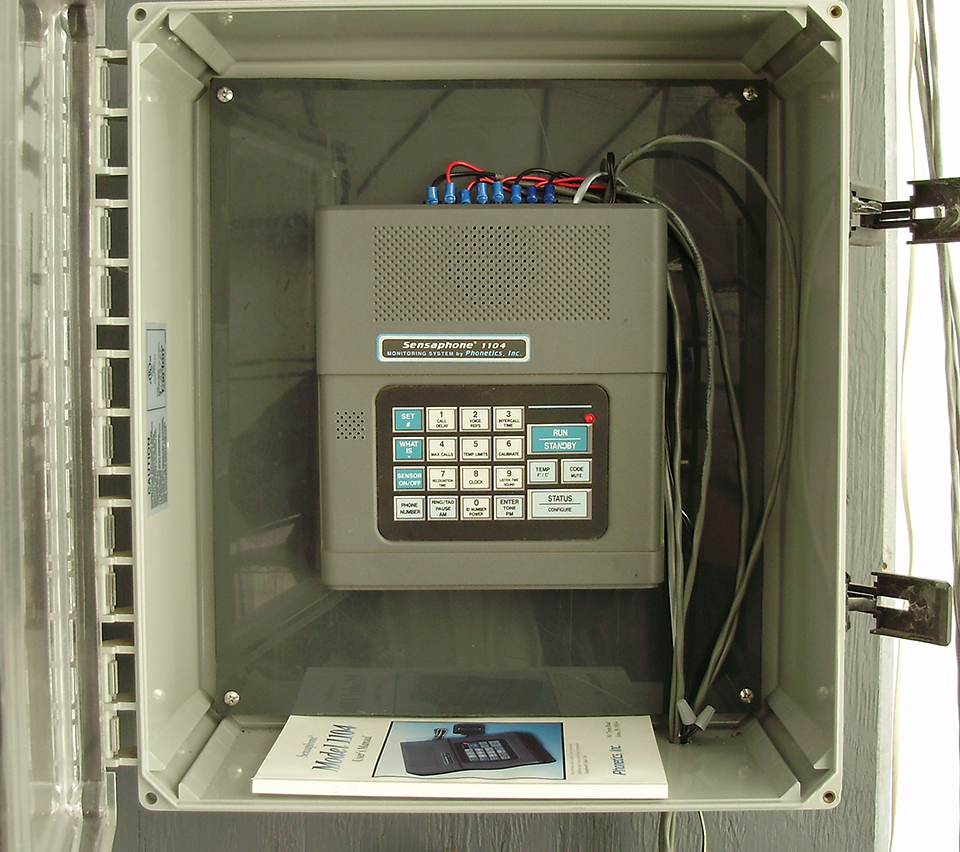
Responsibility
Backup oxygen, power systems essential insurance
Although essential, emergency backup systems do not have to be complicated or expensive. For power loss, automated phone dialers alert off-site staff. Backup electric generators provide needed power for aerators, pumps and other equipment.
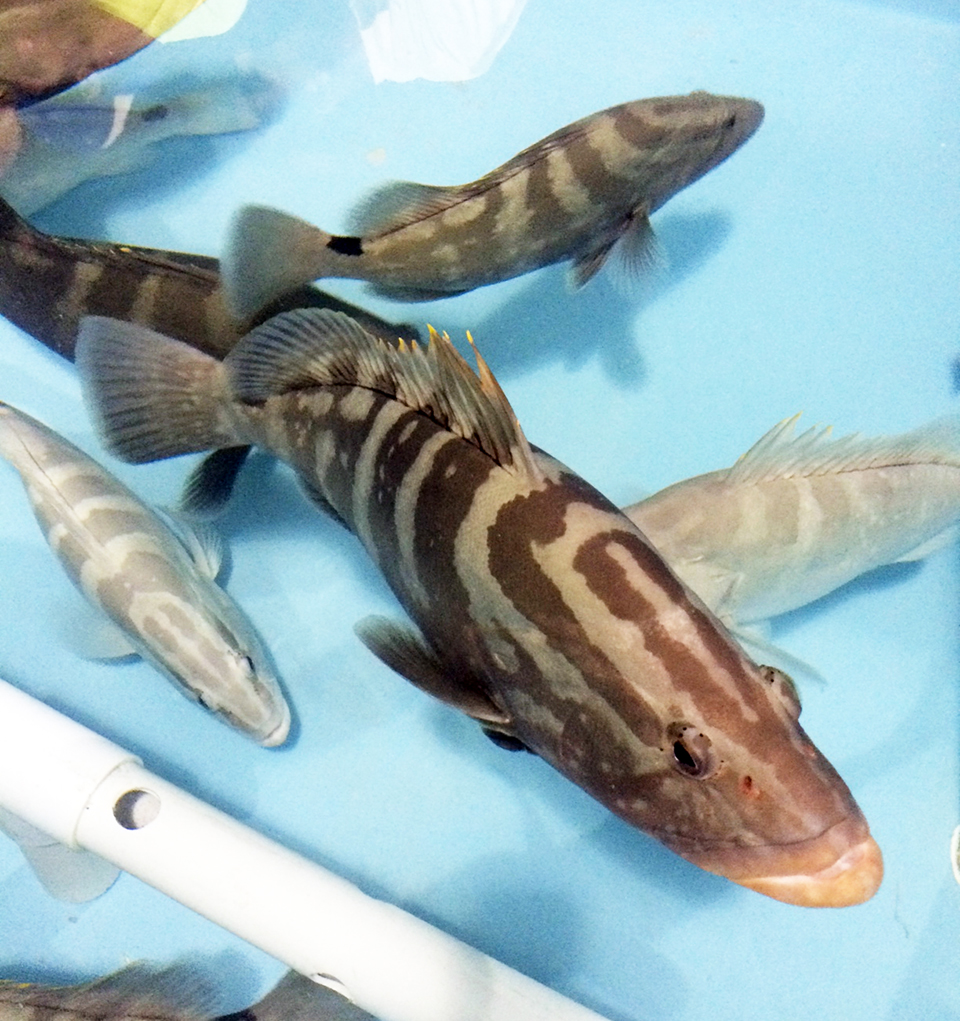
Intelligence
Bahamas venture focuses on grouper, other high-value marine fish
A new venture under development in the Bahamas will capitalize on Tropic Seafood’s established logistics and infrastructure to diversify its operations from processing and selling wild fisheries products to include the culture of grouper and other marine fish.
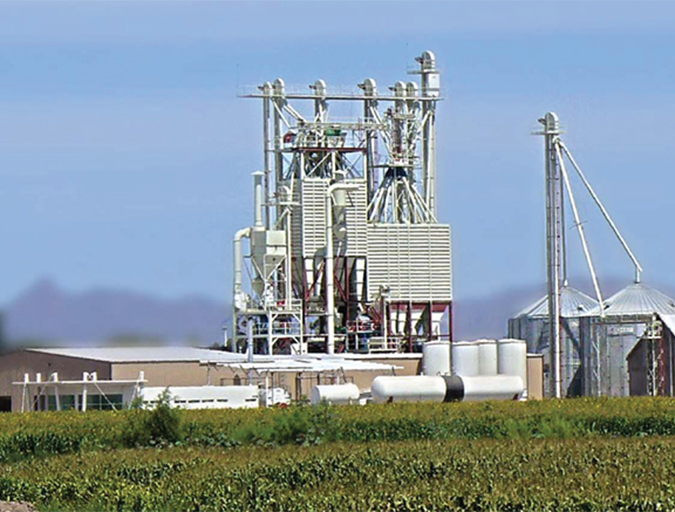
Aquafeeds
The Bottom Line: Integrating feed manufacturing into fish or shrimp production operations
Incorporating feed manufacturing into an aquaculture business offers greater and more efficient product access, control and logistics, as well as additional profit potential. A feasibility study that plans for growth and includes both a business plan and economic analysis is a must.

